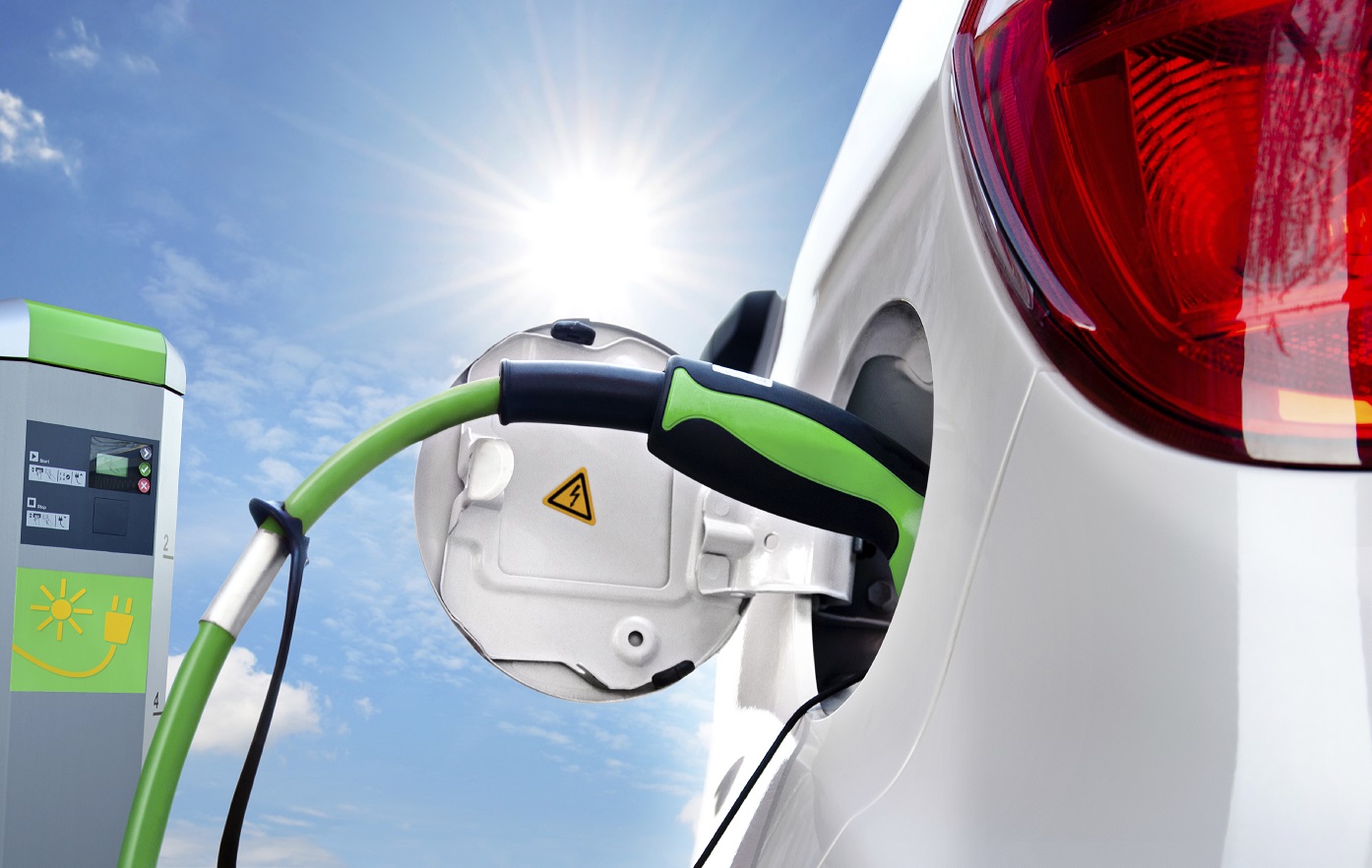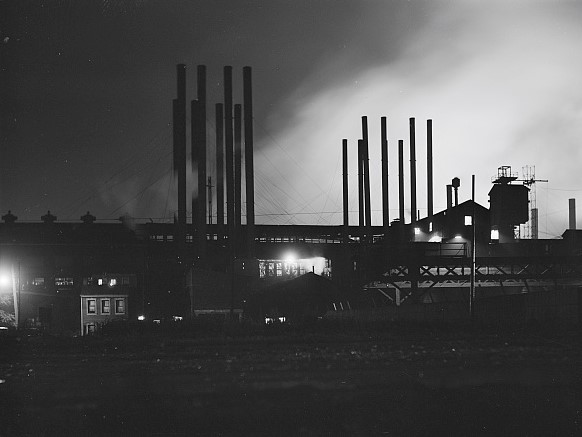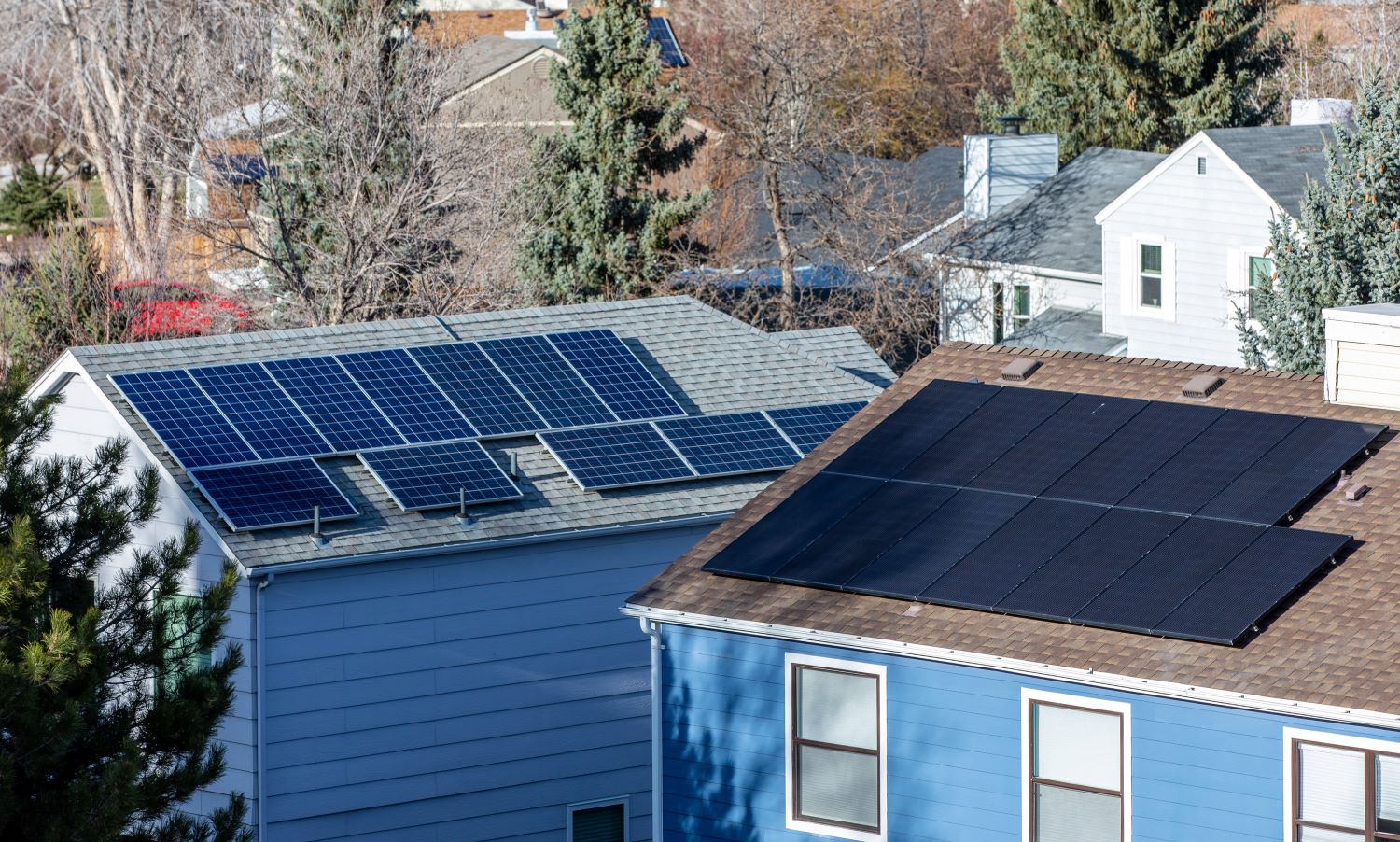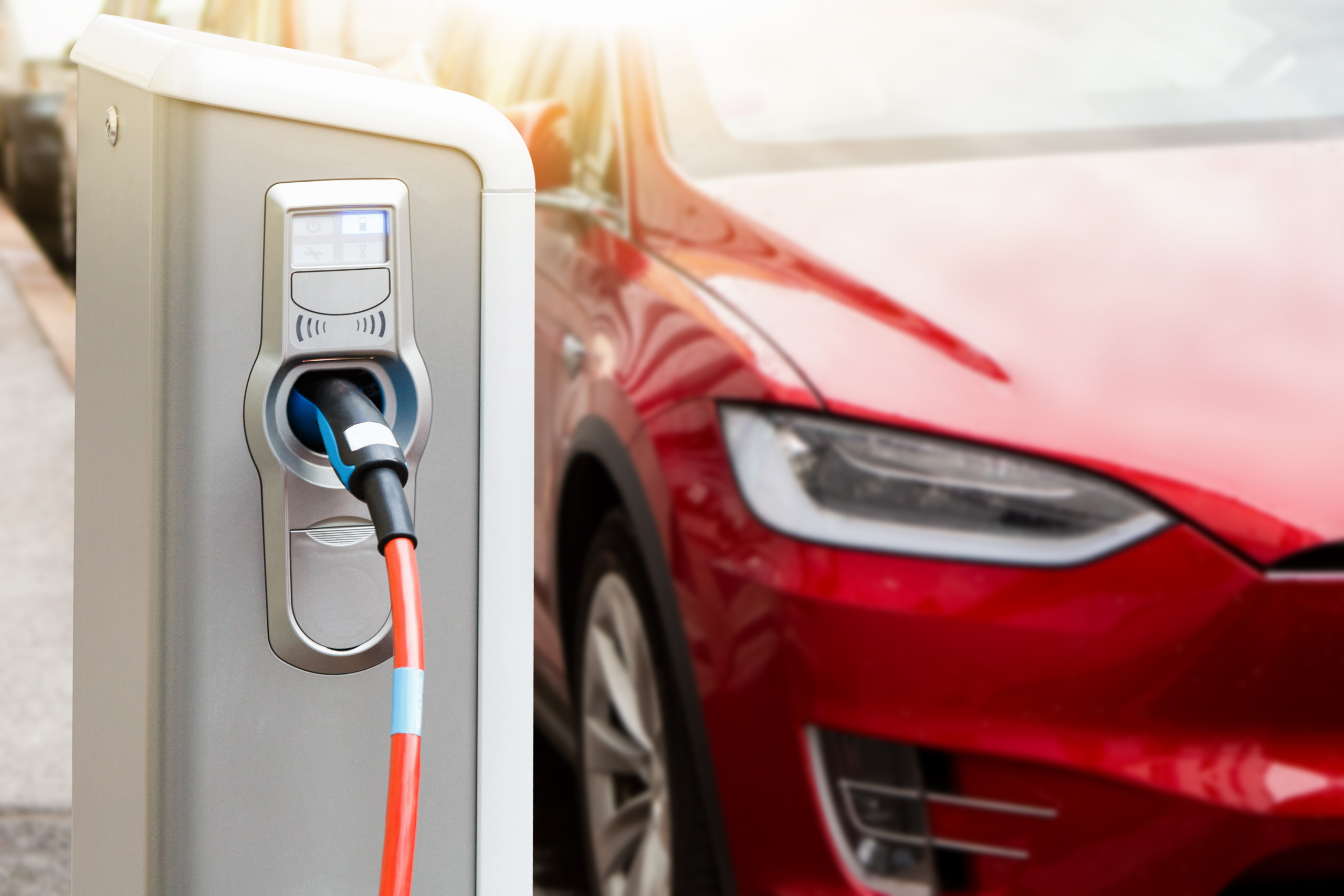
The Trump Administration Seeks to End California’s Leadership on Clean Cars – and That’s Bad News for Americans’ Health and the Climate
The Trump administration has announced that it will revoke California’s ability to set strong global warming pollution standards for cars and light trucks. To understand why this is such bad news for public health and the climate, it’s helpful to review the history of air pollution in California and how California’s vehicle emission standards have led to cleaner air and more efficient vehicles for all Americans.

The Trump administration has announced that it will revoke California’s ability to set strong global warming pollution standards for cars and light trucks. To understand why this is such bad news for public health and the climate, it’s helpful to review the history of air pollution in California and how California’s vehicle emission standards have led to cleaner air and more efficient vehicles for all Americans.
In 2010, Frontier Group and Environment California published Clean Cars in California: Four Decades of Progress in the Unfinished Battle to Clean Up Our Air. The report describes how awful California’s air quality used to be. For example, during the summer of 1943, thick smog reduced visibility in the Los Angeles area to only three blocks. People exposed to the hazy, acrid cloud suffered from eye irritation, respiratory problems, nausea and vomiting. (For horrifying photos of air pollution from the 1940s and 1950s, look at the collections here and here.) The effects of smog include premature death, increased hospital admissions, more asthma diagnoses and asthma attacks, more frequent absences from school and work due to respiratory illness, and permanent damage to children’s lungs.
Recognizing the public health threat created by smoggy skies, California’s leaders required auto manufacturers to develop and install new technologies to control emissions from their vehicles. Since 1966, when California created the world’s first tailpipe emission standards, state officials have regularly updated and strengthened the requirements to curb air pollution and, more recently, address global warming emissions. In response, automakers innovated. For example, they invented and refined the catalytic converter (now standard equipment on every gasoline-powered car in the United States) which slashed smog-forming pollution, created hybrid-electric cars in the early 2000s, and now have introduced all-electric vehicles that produce very little global warming pollution.
The benefits of California’s standards have reached far beyond the state’s borders. For decades, federal law has allowed states with smog pollution problems to adopt California’s vehicle emission standards instead of weaker federal standards. By 2010, 12 states plus Washington, D.C., had chosen to adopt California’s standards and reduce smog pollution for their citizens. That same year, the federal government chose to match its requirements to California’s standards, ensuring all car-buyers nationwide would have access to less polluting and more efficient vehicles. California’s influence on national vehicle standards is part of the reason the fuel economy of the average new passenger vehicle rose from 22.6 miles per gallon in 2010 to an estimated 25.4 miles per gallon in 2018.
But the nation’s air quality problems and the threat of global warming are far from being solved. We know more now than we did even a decade ago about how smog harms our health. For instance, when smog levels are relatively low, a modest increase in pollution can increase the death rate for older Americans. Yet, as a recent Frontier Group and Environment America Research & Policy Center report documented, more than 160 million people – approximately half of the nation’s population – in 38 states, plus the District of Columbia, breathed air with elevated smog pollution for at least 31 days in 2016. As for global warming, the costs of delayed action are becoming clearer – in recent years, the nation has experienced multiple types of extreme weather events that have been linked to climate change, such as prolonged flooding in the Midwest, extreme wildfires in the West, and devastating hurricanes in the Southeast. Transportation is the nation’s leading source of climate pollution and thus any action on climate must involve passenger vehicles.
That’s why we need California to retain the right to set strong air pollution and climate standards. Decades ago, the state’s ambitious goals for reducing air pollution spurred the development of vehicle technologies that we now take for granted. To meet the ongoing public health threat of air pollution and the new challenges that global warming will bring, California must be allowed to continue to lead. Its global warming standards, for example, will result in 30 percent greater reductions in climate pollution from new cars and light trucks by 2026 than the federal standards sought by the Trump administration. The state’s consistent focus on protecting the health of Californians has served the state and the nation well, and we all will continue to benefit by allowing California to be a trailblazer.
Photo credit: Peter Petto/istockphoto
Topics
Authors
Elizabeth Ridlington
Associate Director and Senior Policy Analyst, Frontier Group
Elizabeth Ridlington is associate director and senior policy analyst with Frontier Group. She focuses primarily on global warming, toxics, health care and clean vehicles, and has written dozens of reports on these and other subjects. Elizabeth graduated with honors from Harvard with a degree in government. She joined Frontier Group in 2002. She lives in Northern California with her son.
Find Out More

Beyond the politics of nostalgia: What the fall of the steel industry can tell us about the future of America

Let us now praise rooftop solar: A tale from New England

Automakers could have learned to build EVs. They paid Tesla to do it instead.

